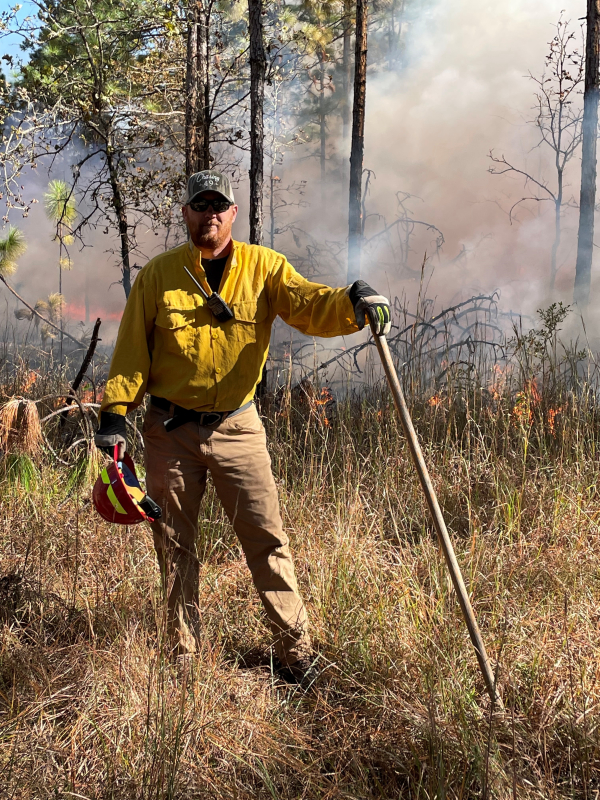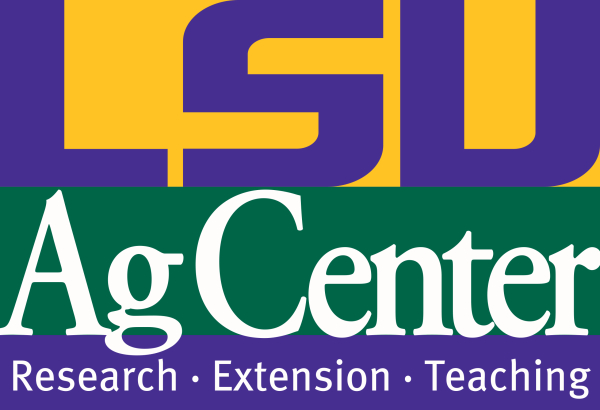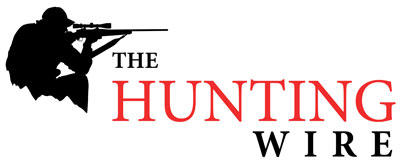By Bret Collier - Associate Professor
Louisiana State University - School of Renewable Natural Resources

After spending the week at a scientific conference, I just got back to the office, and I was thinking about how scientific data is transferred to the public on the drive back to the house. Briefly, because most of you have probably never been to a scientific meeting, scientists from Universities, state and federal agency personnel and non-governmental organization staff all get together and provide each other with data and results from various research and management projects. The beauty of scientific meetings is that you can get all the scientists and managers in the same room at the same time to see updates on the species of interest, trade ideas on what has and has not worked from a management perspective, and discuss options for how to approach or make changes in the future. I saw a lot of really informative scientific data at the meeting, and I had some very fruitful discussions with biologists across the United States that I don’t regularly see.
But, on the drive home, I realized something was missing from the meeting. Even though we spent a lot of time talking about science and driving management and conservation, what we did not have is any clear path on the dissemination of science to our constituents: the hunting community in this case. For instance, I am confident that the hunters would be interested in hearing an update on population status given by one of the pre-eminent scientists in the field or that hunters would like to hear about the process that states go through to merge scientific and management data to set harvest regulations every year. What hunter would not want to hear and even ask questions about human dimensions studies evaluating what kind of opportunity a broad swath of hunters in their state have requested? What about hunters hearing scientists challenging standard ideas and pushing the science continuum forward so that new studies and potentially new management strategies can be devised? All of these topics, discussed by the leading experts in the field, would certainly be of interest to the hunting community and would lift the proverbial veil on what scientists and managers do to make decisions.
So, how does scientific information get out to the hunting community? I want to be very clear here that I am talking about actual scientific data collected by experts; not the “plant these magic seeds and 190-inch deer will spring up from your field weekly throughout the hunting season, and you will never want again” type advertisements we all see on a variety of outdoor shows and glossy magazines. All humor aside, the most direct route for scientific information to get to the public is via state wildlife agency staff, specifically through the species-specific wildlife biologists. Agency wildlife biologists are both the tip of the spear for developing the research used to drive management actions, as well as the leaders in integrating science into management and regulatory settings at both the state and federal (for migratory species) levels. University scientists represent another significant resource for scientific information, as University-types are typically charged with conducting the field research for agencies, and the undergraduate and graduate students that work on those projects garner a lot of knowledge they use when they transition to conservation and management agency positions. I will note, however, that most full-time researchers are not required to conduct stakeholder outreach. Instead, our focus is supposed to be entirely on developing scientific results into research journals that line the shelves of nearly all University libraries. The transitioning of scientific results to the layperson (meaning non-scientists) falls predominately to a group of University extension and outreach personnel whose charge is to take the research science and distill it down to explainable manageable actions for implementation. However, University faculty are generally given a wide berth on what we can, and cannot do, and so many professors have become quite adept at the development and dissemination of research information.
 |
In this vein, I would be remiss not to mention the increased use of social media to distribute scientific information. Many University scientists and state agencies have started to actively use social media to provide a combination of research outcomes with other exciting tidbits about specific wildlife species. Typically, information posted to social media comes from ongoing or active research projects. In contrast, other social media posts come from peer-reviewed scientific publications. Other bits are just neat observations about how an animal might move on the landscape when hunters are present or what environmental factors affect when and where a critter chooses to breed. I see the use of social media, and the interactions with our hunting community stakeholders, as a considerable benefit to University professors like myself, in that it provides the average hunter the ability to shoot an -expert- a message or question and get a response. To be honest, it is sometimes refreshing for us to get that one-on-one interaction with hunters because we are all sportsmen and sportswomen and any time discussing wildlife management is a good day!
As always, I hope that if anyone ever has any questions or topics they might be interested in hearing about, please feel free to contact me.
\bret
